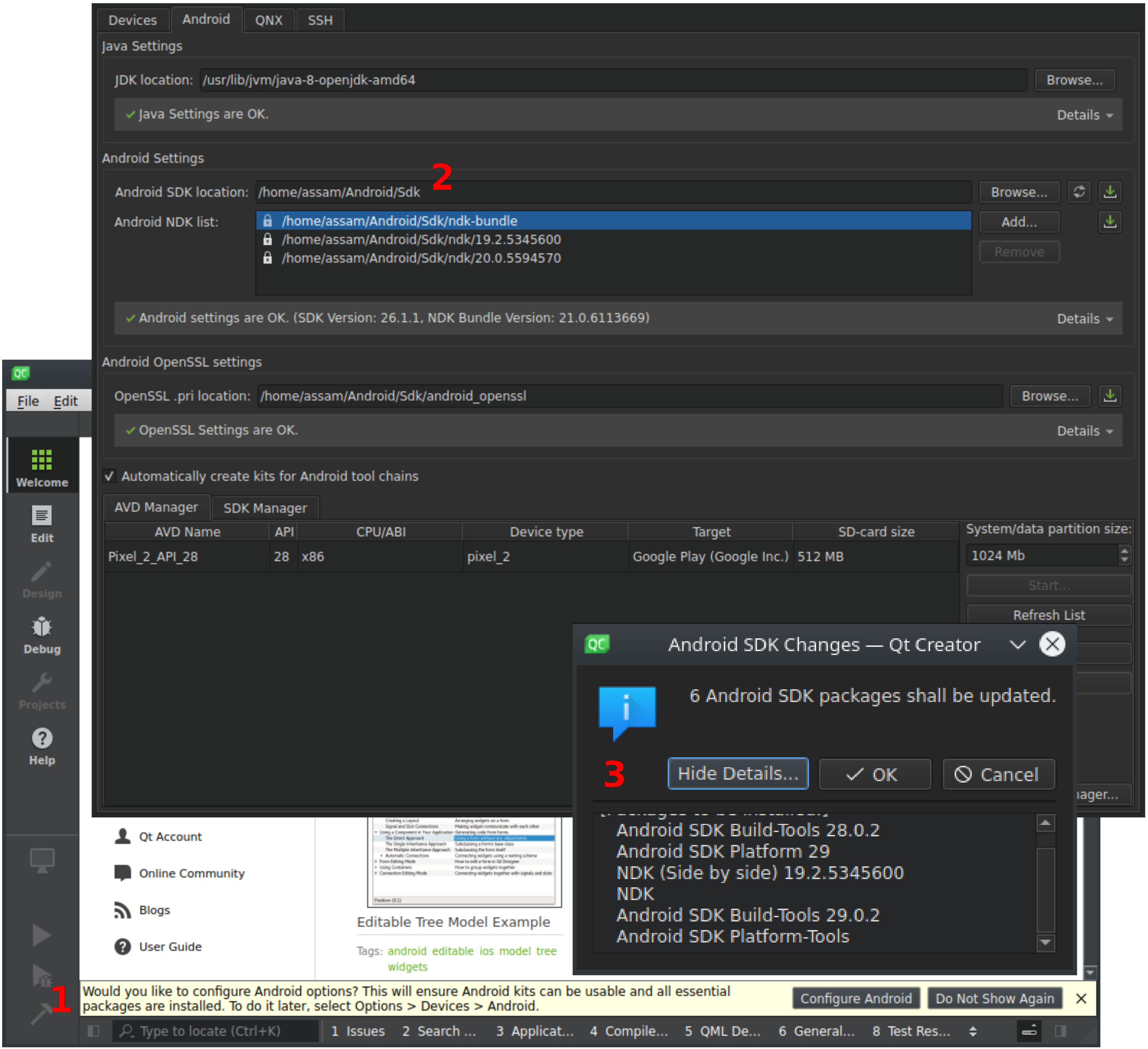

What's New with Qt for Android
source link: https://www.qt.io/blog/whats-new-with-qt-for-android
Go to the source link to view the article. You can view the picture content, updated content and better typesetting reading experience. If the link is broken, please click the button below to view the snapshot at that time.

Qt 5.15 LTS and Qt for Android
Since many developers use Qt for Android , we want to improve the develop er experience. With the upcoming release of Qt 5.15 .0, we have revamped the documentation for Android. The new documentation has lots of new content on how to use Qt for Android maximizing its full potential. It explains in more detail how to extend Qt to support more advanced features and enhance integr ation with Android APIs.
The main topics that ha ve been improved in the documentation include :
- Extending Qt applications to use custom Java classes or assets and the packaging structure.
- Dependency version management between the Android Native Development Kit ( NDK ) and Qt.
- How to work with Android s ervices in a multitude of different ways.
- How to b uild and us e OpenSSL with Android. Dependencies between the OpenSSL repository supports all Qt versions, both with QMake and CMake .
In the same context, many Qt examples that had some issues such as layout, scaling, or permissions, has been fixed. Qt 5.15 .0 Qt Android Extras comes with a new code example Qt J ava N ative I nterface Messe n ger (Qt JNI Messenger) . The example demonstrates one of the most important topics when using Qt for Android, which is JNI communication. It explains the workflow of invoking methods and exchanging data between Java and Qt. The example serves as a starting point for bridging Qt and Android both ways.
New to Qt for Android? Check out my recent ‘Getting started with Qt for Android’ on-demand webinar from the Qt Virtual Tech Con 2020 .
E nsur ing proper integration with Android, the Android native file dialog can now be used by default by opening file(s) and saving operations. The native file dialog also uses Android’s ‘content’ file scheme and conducts additional exception checks , which in the past has cause d some occasional crashes. The AndroidManifest.xml no longer sets minSdkVersion and targetSdkVersion values . I nstead, you can set the m with the build.gradle file. Android Studio will provide a warning about setting SDK versions in the manifest file. For more information, see the Manifest documentation .
For the full list of changes, see Platform Changes in Qt 5.15.0 .
Qt Creator 4.12

Some other changes we have made include the examples list for Android kits showing examples that are tested and known to work on Android devices. The examples that are not shown by default include those that have unsupported features or modules on Android , for example. Also, improvements to the UI design and functionality included the AVD Manager , which got some flexibility for creating AVDs, as well as the Manifest Editor ’ s icon selection.
For the full list of changes, see Qt Creator 4.12 Android changes .
Looking Ahead
To serve Qt mobile users well, we are going to introduce m any more updates for supporting Android. We will create more examples, documentation, and functionality , paving the way for easy and advanced development targeted for Android. Stay tuned for brighter Qt for Android future.
To access all the new features with Qt for Android, download the latest version via our downloads page or update through the maintenance tool.
Recommend
About Joyk
Aggregate valuable and interesting links.
Joyk means Joy of geeK